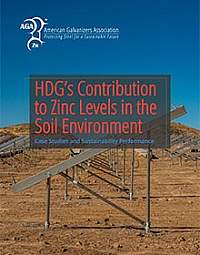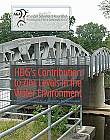Zinc, commonly referred to worldwide as a healthy metal, is the 24th most abundant, naturally occurring element in the Earths crust. Zinc is present in various consumer, infrastructure, agriculture, and industrial products. In contrast to man-made chemicals, zinc is a natural element that plays an essential role in the biological processes of all living organisms. For this reason, the environmental impact of zinc cannot be assessed in the same manner as man-made chemical compounds.In other words, less is not automatically better, and reduction of zinc levels in the environment can be detrimental. Because the amount of zinc present in nature varies widely, living organisms have natural processes that regulate their uptake of zinc from all environmental sources (air, water, soil, food). Deficiency occurs when the amount of zinc available is insufficient to meet the needs of a given organism and adverse effects can be observed. On the other hand, uptake of too much of an essential element such as zinc can lead to toxicity. Between these two extremes, each organism has a concentration range for zinc and other essential elements within which its requirements are satisfied.
This 5-page white paper introduces the idea of existing background levels of zinc and physiochemical soil factors such as pH, organic matter content, cation exchange capacity, redox potential, mineral composition, and moisture content all which determine actual bio-availability of zinc to organisms.



